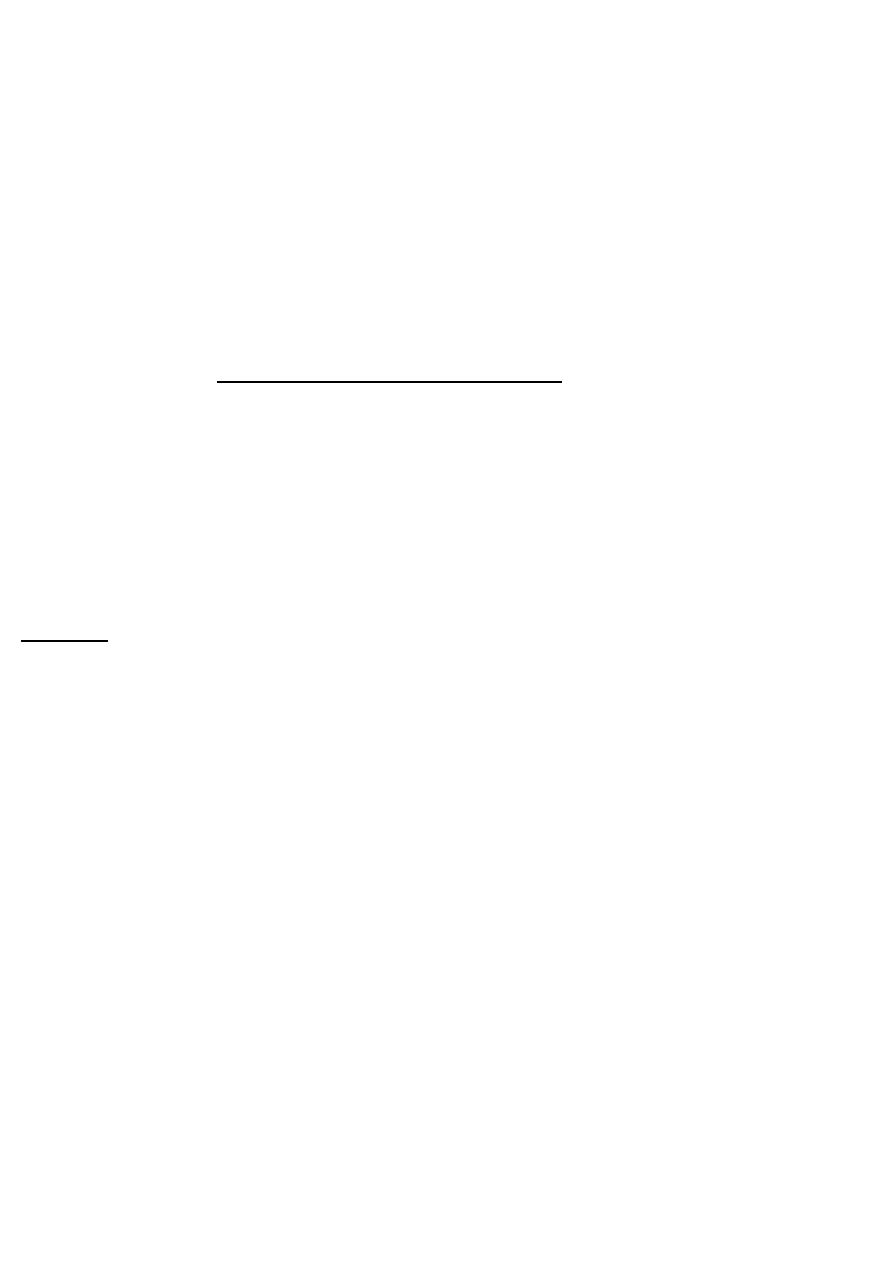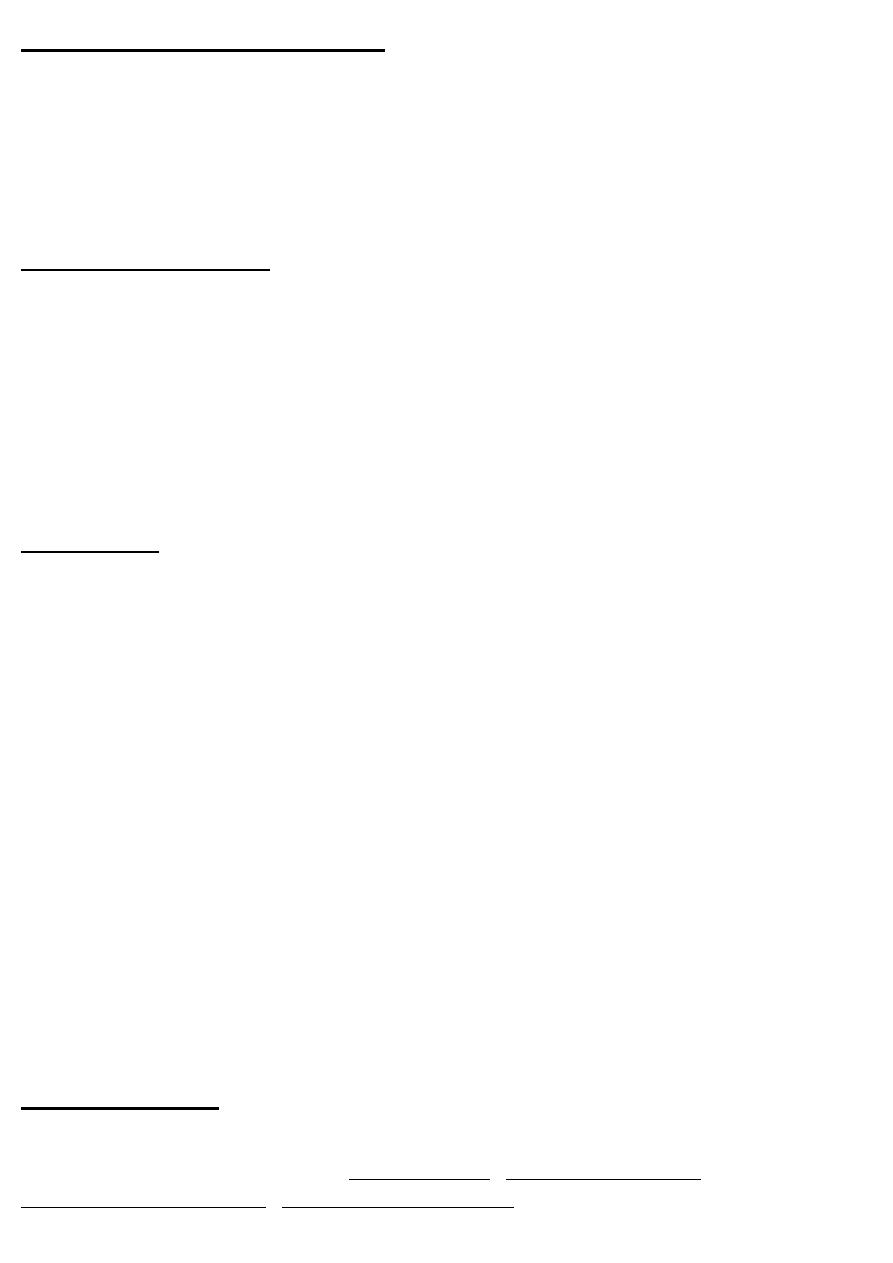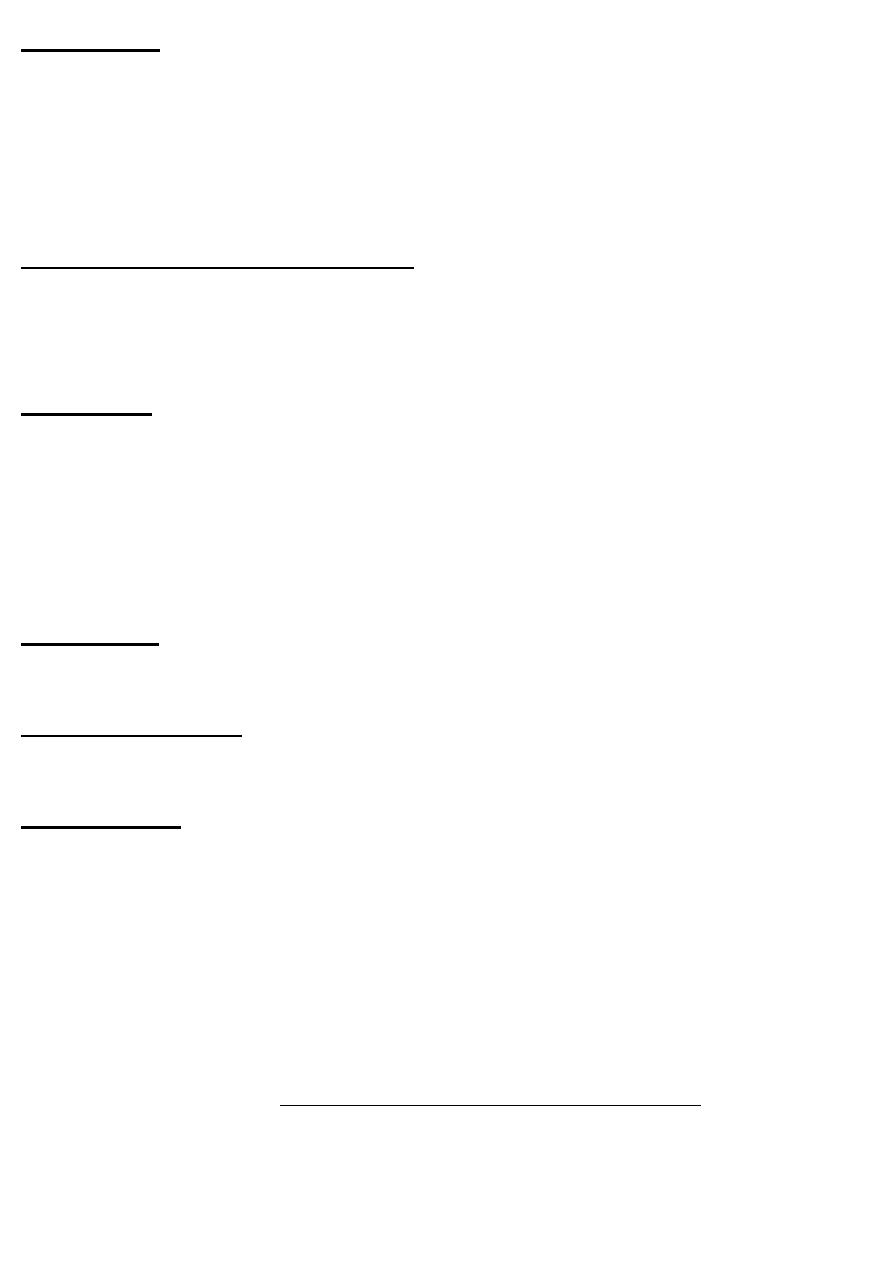
1
Electroconvulsive Therapy
د
.
مشتاق
ECT is one of the most effective and least understood treatment in psychiatry.ECT is
considered a safe and effective treatment of patient with major depressive disorders,
manic episode, schizophrenia and other mental disorder.
History
Most of ECT starts in 1934 when Maduna reported the successful treatment of
catatonia and other schizophrenia symptoms with pharmacologically induced seizures ,
e.g. intramuscular camphor suspended in oil but quickly switched to IV
pentylenetetrazol.Maduna attempted the treatment method on basis of 2 observations :
1. Schizophrenic symptoms often decrease after seizure, seizure were often
accidently or iatrogenically induced in psychiatric patients secondary to
withdrawal from medication e.g. barbiturate
2. Schizopthrenia and epilepsy, it was incorrectly believe cannot coexist in the
same patient , therefore the induction of seizure might ride patients of
schizophrenia
Cerletti and Bini administered the first ECT in Rome in April 1938, initially the
treatment was referred to as electroshock therapy “EST” , but later become known as
electroconvulsive therapy “ECT”.
The major problems associated with ECT were patients discomfort caused by the
procedure and bone fractures result from seizures. The problems were eventually
eliminated by the use of general anesthesia and muscle relaxant in 1951.

2
Electrophysiological principles:
In ECT,seizures are triggered in normal neurons by the application through the scalp
by pulses of current for 20 sec through electrodes placed on the scalp bitemporally or
unipolar electrodes.the condition of which is carefully controlled to create a seizure of
a particular duration over the entire brain.
Mechanism of action:
1. decrease in cerebral blood flow and glucose metabolism correlated with
therapeutic response after seizure
2. increase in seizures threshold as treatment progress (anticonvulsant effect)
3. Affect the cellular mechanisms of memory and mood regulations and raises the
seizure threshold.
4. change in neurotransmitter receptors and in second messenger systems.(down
regulation of both synaptic B adrenergic receptors)
5. Affect the coupling of G proteins to receptors
Indications:
Patients with bipolar disorder account for about 70% of those who receive ECT ,
patients with schizophrenia account for 17%.
Three clearest indications:
Major depressive disorders
Manic episode
Some instances of schizophrenia
Other indications:
Catatonia
Symptoms associated with mood disorder
Episodic psychosis
Atypical psychosis
OCD
Neuroleptic malignant syndrome , intractable seizure
Pregnant women ,old age patients who can’t take medications
Treatment resistant depression
Contraindication
ECT has no absolute contraindications , only situations in which patients at increased
risk and need frequent monitoring like pregnant women , space occupying lesion ,
increase intracranial pressure , recent MI and hypertension.

3
Side effects:
1. Mortality 0.002% per treatment and 0.01% for each patient
2. Headache , confusion and delirium
3. Memory loss, about 75% of all patients given ECT say that the memory
impairment is the worse side effect, which usually resolves. And it’s more
common in unilateral than bilateral electrode.
4. Occasionally mild transient cardiac arrhythmias.
Other biological therapies (TMS):
Transcranial magnetic stimulation, whereas sufficient electrical stimulation is needed
to cause a generalized seizure in ECT. TMS can selectively inactivate or potentiate
activity in discrete brain regions at subconvulsive dose.
Technique:
Tear drop shaped coil a few inches in diameter is placed on the subject’s head to
generate a localized magnetic field of 1.5 to 2.5 teslas.
When oriented orthogonally to the surface of the head, the field penetrates the skull and
excites the most superficial 1 to 2 cm of the brain tissue. the skull is relatively
transparent to magnetic energy. The stimulation is typically given several times in a
session, and in a several sessions per week.
Indications:
Depression, anxiety disorders and Parkinson’s disease
Clinical guidelines:
At present time , there are no established guideline for its use outside research settings
Light therapy
The major indications for light therapy is major depressive disorder with seasonal
pattern .(usually in the fall and the winter)
The most accepted theory is that exposure to bright artificial light in the morning
causes phases advance of biological rhythms, which effectively treat the delayed
circadian rhythms associated with major depression and with seasonal pattern.
The initial theory that light exposure worked by affecting melatonin secretion.
Exposure to bright light is about 200 times brighter than usual indoor lightening .
Recent studies have indicated that only morning exposure maybe necessary and that
one hour of daily exposure maybe sufficient.
Most common side effects are headache, eye strain and feeling weird or irritable.
These can be reduced by decreasing the duration that the patient is exposed to light.

4
